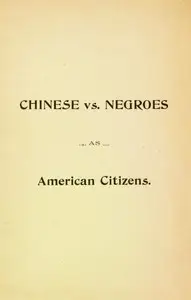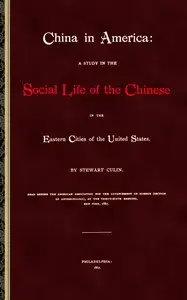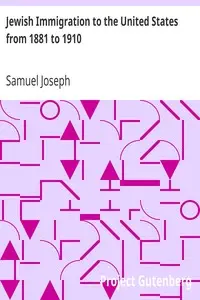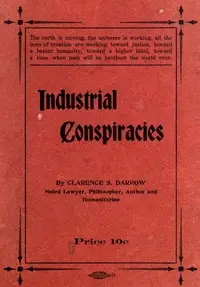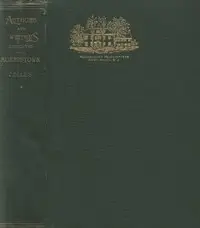"The Chinese Exclusion Act" by the New York Chamber of Commerce is a late 19th-century analysis of the Act from the perspective of the New York Chamber of Commerce. It dives into the historical backdrop of the Act, tracing its roots to the California Gold Rush and the subsequent influx of Chinese laborers into America. The book explores the paradox of Chinese immigration, acknowledging the economic contributions of Chinese workers while also noting the rising hostility they faced from Americans who feared job competition and cultural shifts. The report scrutinizes the reasoning behind the Exclusion Act, examines its impact on American commerce and relations with China, and champions a diplomatic path toward restoring harmony between the countries, promoting mutual cooperation and respect.
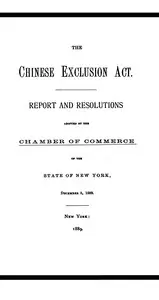
The Chinese Exclusion Act Report and Resolutions Adopted by the Chamber of Commerce of the State of New York
By New York Chamber of Commerce
Amidst growing tension, a powerful group of business leaders dissects a controversial law that threatened economic ties and sparked a debate on American values.
Summary
About the AuthorThe New York Chamber of Commerce was founded in 1768 by twenty New York City merchants. As the first such commercial organization in the United States, it attracted the participation of a number of New York's most influential business leaders, including John Jacob Astor, Peter Cooper, and J. Pierpont Morgan. The chamber's members were instrumental in the realization of several key initiatives in the region – including the Erie Canal, the Atlantic cable, and the New York City Transit Authority. The Chamber of Commerce survives today as the Partnership for New York City, which was formed from the 2002 merger of the New York Chamber of Commerce and Industry and the New York City Partnership.
The New York Chamber of Commerce was founded in 1768 by twenty New York City merchants. As the first such commercial organization in the United States, it attracted the participation of a number of New York's most influential business leaders, including John Jacob Astor, Peter Cooper, and J. Pierpont Morgan. The chamber's members were instrumental in the realization of several key initiatives in the region – including the Erie Canal, the Atlantic cable, and the New York City Transit Authority. The Chamber of Commerce survives today as the Partnership for New York City, which was formed from the 2002 merger of the New York Chamber of Commerce and Industry and the New York City Partnership.

